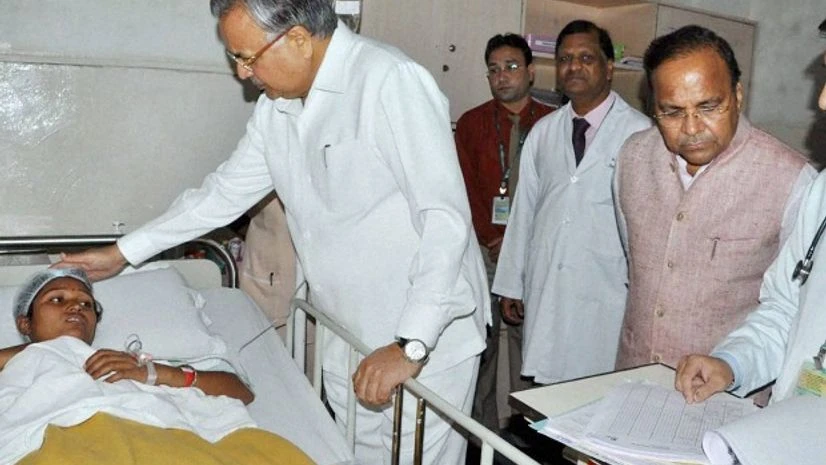The recent sterilisation scam in Chhattisgarh has brought Indian drug industry, which is 'infamous' for selling cheaper drugs across the globe, under western media scanner again. Global newspapers such as Wall Street Journal (WSJ), Financial Times, Washington Post have come out with articles on lack of proper norms to curb India's 'fly by night' drug makers, in backdrop of the recent developments.
Quoting Indian drug industry executives, a Financial Times (FT) report on Wednesday said that this development highlights the urgent need for tougher regulation of India’s domestic pharmaceutical industry.
"In particular, they say, India urgently needs to crack down on thousands of small, fly-by-night drugmakers that typically supply government hospitals, and overhaul its official procurement process to ensure distribution of high-calibre medicine to the poor," FT said.
More From This Section
At one small operation in northern India, industry executives had watched as seven employees, sitting on the floor, filled gelatin capsules with powder with their bare hands, the report said.
"On paper, India has an elaborate regulatory system. As well as a national drug regulator there are state-level regulators that are supposed to license and monitor drugmakers in their states. But in reality the national regulator is severely understaffed and lacking in modern equipment and resources," the strongly worded article said.
While criticising state level drug regulators, the report said that they are not just lacking the expertise, but also susceptible to accepting hush money to avoid reporting infractions.
With a headline that read "Deaths Put Spotlight on India’s Sterilization ‘Camps’", WSJ slamsmed Indian government’s family-planning programme through female surgical sterilisation.
The article, which appeared last Thursday, mentioned specifically that the medicines used are Indian-made brands of ciprofloxacin, a commonly used antibiotic, and Ibuprofen, a painkiller, as well as the anesthetic lignocaine.
"The Indian government, seeking to curb population growth in the country of 1.2 billion, offers cash incentives to women, physicians and health workers participating in the surgeries. Around 4.5 million women were sterilised in the year ended March 31, 2013," WSJ said.
"A visit Thursday to the site of Saturday’s surgeries discovered a hospital with windows missing glass and floors covered with animal feces," the WSJ report said.
A report by Arab News, which appeared on Tuesday, mentioned that Indian officials need to revisit their population control policies and methods. "The policy of offering incentives to health workers for promoting sterilization needs to be reviewed, as apparently it has changed the overall nature of this program. The authorities must ensure that incentives should not make health workers insensitive to the plight of the poor and uneducated masses in the rural areas," it said.
A blog from Washington Post on Friday said: "A policy that targeted men with coercion and sometimes force during Prime Minister Indira Gandhi’s "emergency rule" from 1975 to 1977 caused a lasting backlash. However, policies that targeted women have endured."
According to the recent United Nations data, more than 35% of Indian women who were married or in a relationship were sterilised. When compared to other countries, only Puerto Rico, the Dominican Republic and El Salvador ranked higher than India.

)
